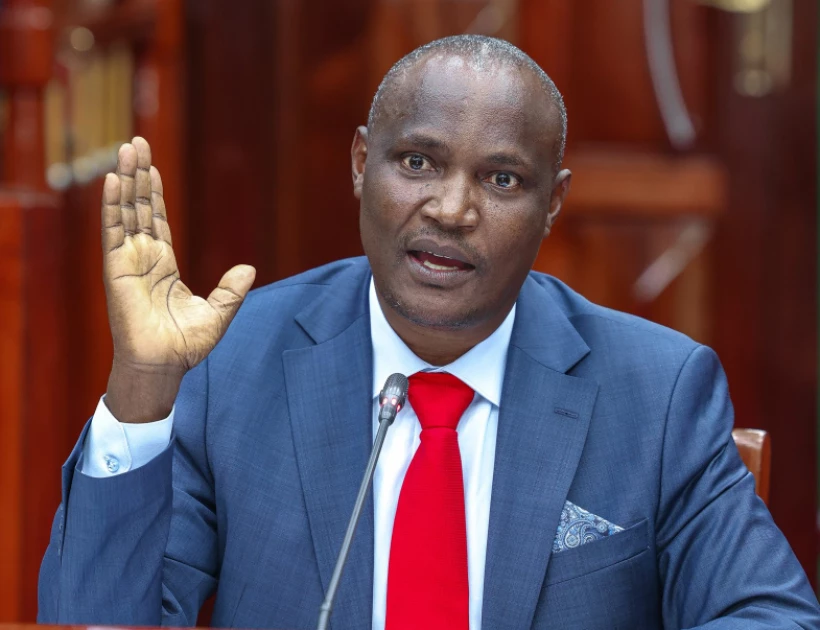Chinese firms to charge toll on SGR’s final phase

The final phase of Kenya’s Standard Gauge Railway (SGR) will come at an additional cost to users, as a group of Chinese firms financing its construction will be allowed to impose toll charges.
The National Treasury has confirmed that the firms will recover their investment through user fees once the railway is operational.
Treasury Cabinet Secretary John Mbadi told the Budget and Appropriations Committee that discussions are underway with Chinese companies to finance the extension of the railway from Naivasha to Malaba.
However, he did not specify how long the firms would take to recoup their investment.
“The last 40 percent of the SGR line will be built by a consortium of Chinese companies,” Mbadi told the committee chaired by Alego Usonga MP Samuel Atandi. “They will charge for the use of the railway line.”
The Naivasha-Malaba stretch, which will complete Phase 2B of the SGR, is expected to improve regional trade by linking Kenya to Uganda and beyond.
According to Mbadi, over 50 percent of the Mombasa-Naivasha SGR loan will be repaid by 2029.
“We are negotiating with Chinese companies to fund the last leg of the SGR,” he said during the public participation session on the Division of Revenue Bill, 2025.
“It is possible to negotiate with China for a loan with a grace period of after 2029.”
Mbadi explained that 30 percent of the new SGR loans would be sourced externally, while another 30 percent—about Sh45 billion annually- would come from the government.
The remaining 40 percent would be provided by the Chinese firms, who would in turn introduce toll charges to recover their funds.
Meanwhile, the government has begun taking stock of the properties and settlements that will be affected by the railway’s construction.
Last year, Kenya Railways Corporation hired a consultant to map out the project area and develop a compensation and resettlement plan for those who will be displaced along the 255-kilometer route running through Narok, Bomet, Kericho, and Kisumu.
The Treasury previously revealed that Kenya had already agreed on the commercial terms for the project, paving the way for its completion.
The first phase of the SGR runs from Mombasa to Nairobi, while Phase 2A connects Nairobi to Naivasha.
The final stretch will extend the railway from Naivasha’s Mai Mahiu through Narok, Bomet, Nyamira, Kisumu, and finally, Malaba at the Kenya-Uganda border.
Kenya and Uganda have both expressed interest in extending the railway into Uganda and beyond, linking it to South Sudan, Rwanda, and the Democratic Republic of Congo.
Plans are also in place for a further extension to Kampala and Kigali, with feasibility studies and preliminary designs currently underway.
Kenya’s SGR, one of the country’s most expensive infrastructure projects, has so far cost $3.6 billion since its launch in 2013.
The main contractor for the project has been China Road & Bridge Corporation.
